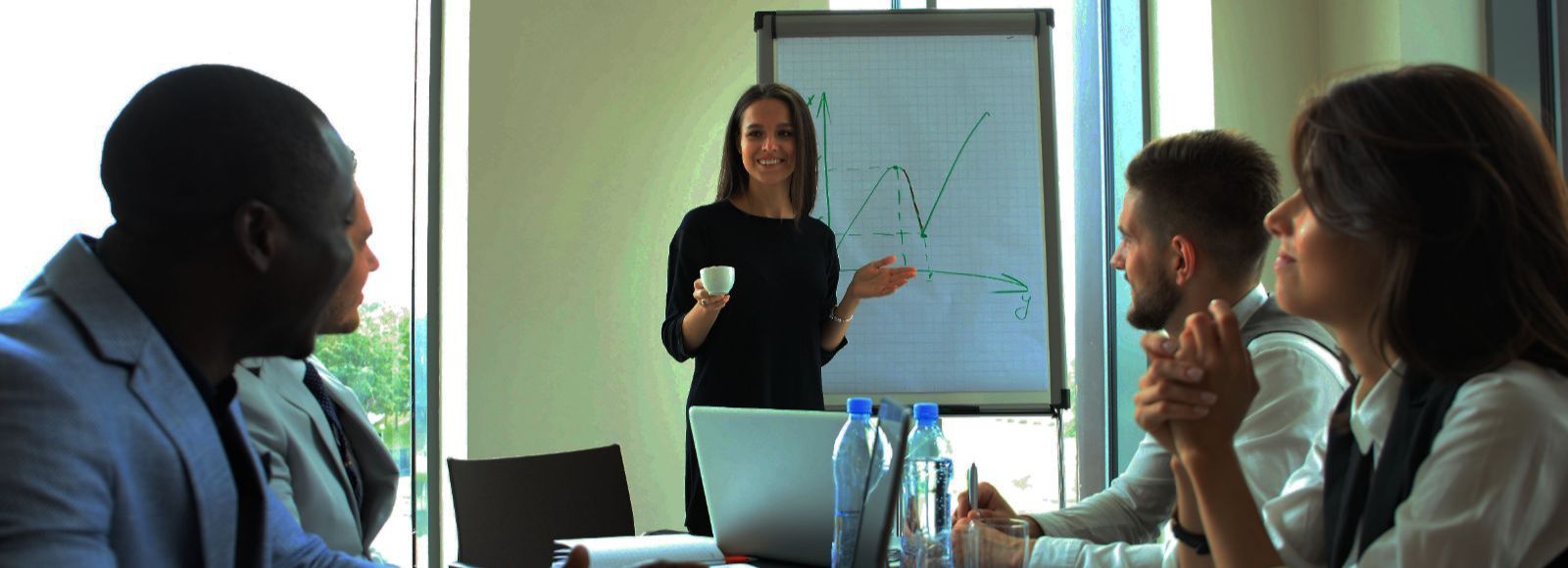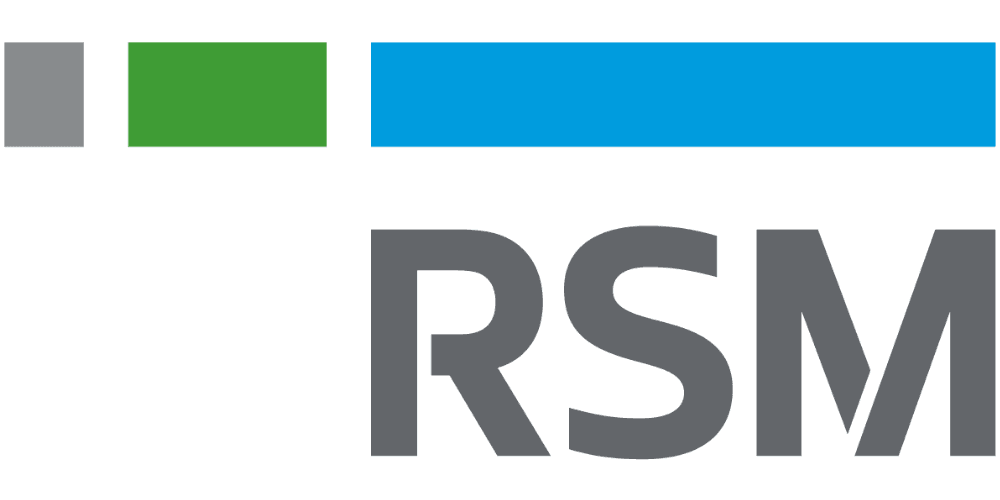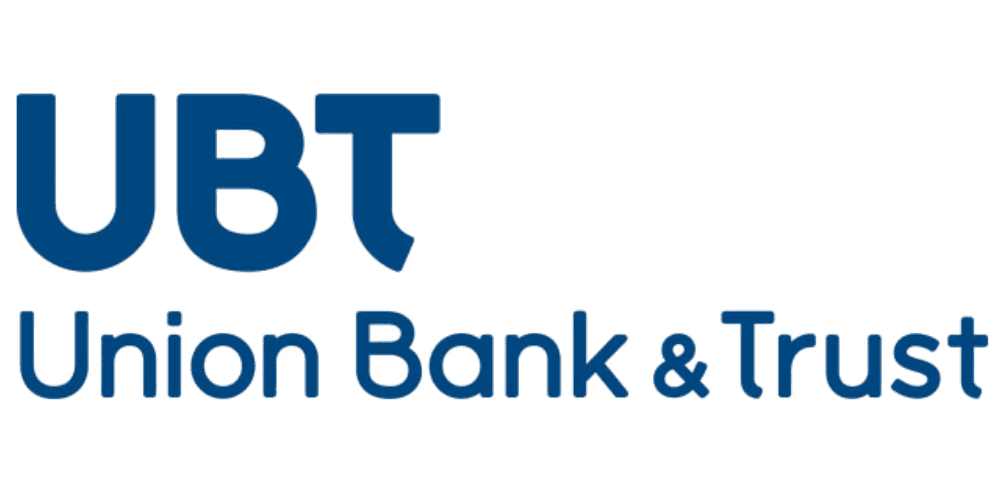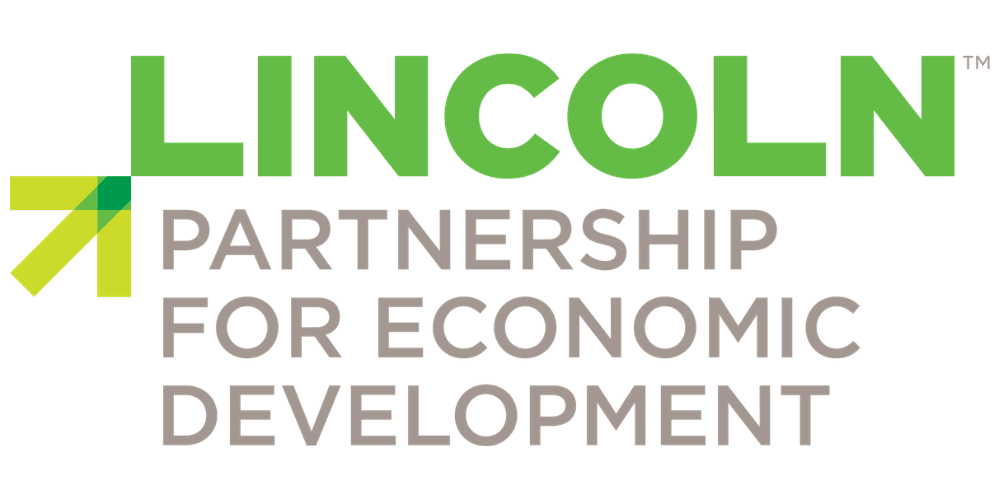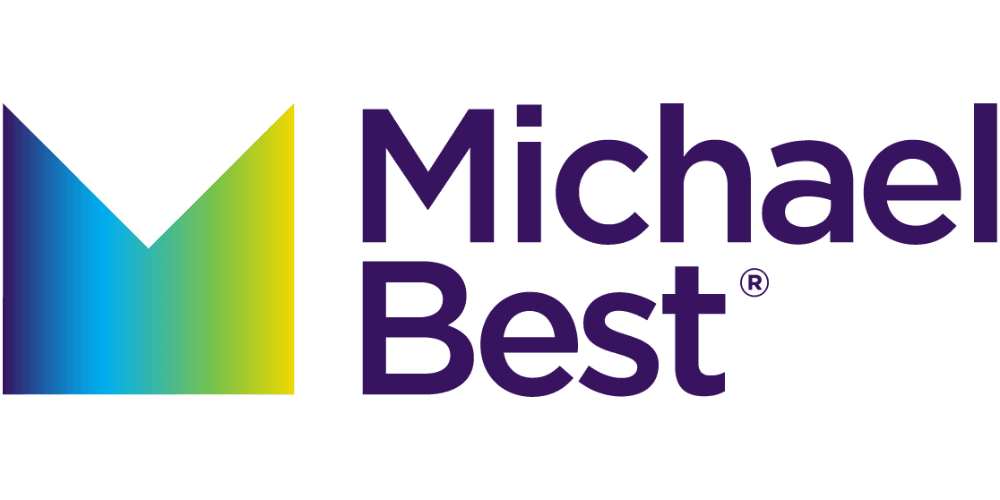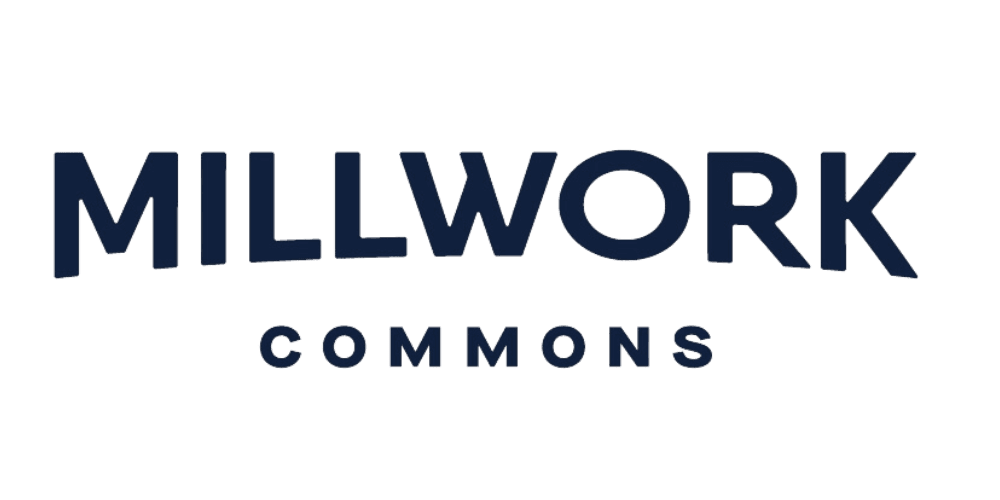MākuSafe was Co-Founded in 2016 by CEO Gabriel Glynn, an Iowa native.
Gabe grew up around manufacturing; his dad was a machinist and is currently a safety manager. Just 4 years ago while touring a facility for his podcast on Advanced Manufacturing, he witnessed a regulatory agency conducting a sound audit to investigate whether an employee’s hearing had been affected as a result of their job. Gabe began thinking and asking questions about why we wait until after an incident has occurred, or a claim has already happened to identify risks and hazards in the environment around a worker.
“Traditional testing in manufacturing facilities more or less assumes that the environment is static from day to day. However, we know that elements of the manufacturing and industrial environment are dynamic; they are constantly fluctuating. These shifting conditions – such as air quality, noise, and temperature – can present serious hazards to workers that can go undetected and only get checked periodically,” explained Gabe.
Gabe found the market lacking in any suitable solution to detect various and changing conditions in the workplace from the individual workers perspective and got to work on the idea. He and his co-founder, Mark Frederick, assembled their arm-worn alpha device from off the shelf sensors and hot glue as proof of concept, decided to pool some money together and found a team of local engineers to help build their first set of 10 wearable devices in 2016.
They demonstrated that sensors in a wearable could gather data on environmental conditions, and potentially unsafe human motion from a worker, send that to the cloud in real time where AI and machine learning models could identify trends and potential hazards and generate alerts helpful in mitigating risks and reducing accidents…before they happen.
The co-founders quickly realized their efforts held promise, and would likely be more capital intensive than they initially thought. They raised $100,000 from angel investors.
Gabe likened MākuSafe to how a tornado siren is used to warn people to take immediate measures to protect themselves from threatening and hazardous conditions. The company’s platform is, in the same way, a forecasting and risk prediction tool designed to keep people safe. More specifically, MākuSafe’s wearable technology collects data from the environmental conditions and pushes it to the company’s MākuSmart software platform to provide leading indicators to hazards and predictive insights that enable safety leaders and loss control specialists to take actionable steps to protect workers and manage, mitigate, or remove risks.
The technology can be used to enhance worker performance and productivity by helping improve working conditions that can diminish worker satisfaction when not managed. Fatigue can set in when environmental conditions such as sound, lighting, and temperature are unregulated and unmanaged. MākuSafe’s analytics can help facilities optimize these conditions for their workers.
“The core of every wearable device is the same, though each is paired with a specific worker when they check one out for their shift,” explained Gabe. “We can control how data is tracked and delivered on an individual level for each worker according to their specific job. For example, if the worker requires hearing protection, our device won’t send alerts about high sound levels because loud sound is an expected condition in this worker’s environment; we don’t want to desensitize workers with irrelevant information. While our devices test a whole spectrum of environmental conditions, we are careful to make sure that our notifications are meaningful.”
A notification indicating problematic air quality is an example of data that will alert a safety leader to a trend or conditions that may need more investigation.
He added, “We were careful to create a product that is not a watchdog; we are not tracking biometrics or looking inward at the worker. Rather, this device is looking outward to detect what is happening around them in the environment for conditions that may be potentially hazardous. We can envision our wearable becoming standard PPE just like safety glasses and hearing protection.”
Near-miss reporting and manual observations of things that need attention from the workers on the front lines are now easily automated. Employees can simply push a button and report a problem by talking into the device. The platform converts the voice memo to text, records whom it is from, location, and time for later follow up or inspection by leaders. If incidents do occur the platform can automatically prefill incident reports, and OSHA logs with the pertinent information, reducing time spent on paperwork. The device can be shared by employees working different shifts as the battery only needs to charge for one shift out of three each day.
It did not take long for insurance companies to take notice of MākuSafe’s effort to improve working conditions and safety in the workplace.
“We heard from a number of insurance companies who were commenting about how our technology was improving the landscape of workers compensation, loss control/risk improvement, and may have an impact on claims, underwriting, or even group health and life in the long term. We were fascinated, though we did not have a background in insurance. We carefully considered the feedback, and, of course, it made a great deal of sense, so we actively began serious collaboration with insurance partners in 2017 to understand their needs and how we could best serve them.”
He added, “We worked with a prized team of Silicon Valley engineers from SurfaceInk, a high-tech industrial design firm that originally got its start in Iowa. Their specialty is wearable tech, having worked on some of the most recognizable products around. We iterated on the device, in multiple prototype versions which were funded by another round of capital that year.”
The team began designing its enterprise market product, and by the end of 2018 had raised a $3 million round of capital to mass produce the wearables. Gabe mentioned during the interview with SPN, that at 4:30 a.m. that very morning, the company had shipped its first batch of product to arrive at its West Des Moines facility. The company will be testing units over the next several months with facilities around the Nation while it turns its attention from product development to operations.
“We’ve been innovating, iterating, and refining our device for the past three years. We are satisfied that we have built a wearable that is more than ready to deploy. We are now devoting our attention to implementation, business innovation, customer support, and hiring. We expect to be ready for a large-scale run with several thousand units by this fall with new customers ready to go,” said Gabe.
Roles for which the company is hiring include process managers and customer relationship executives who can train workers and their managers and facilitate the implementation of the devices and platform at the customer sites. Types of customers range from manufacturing, shipping, and logistics facilities, to commercial agriculture facilities. Gabe noted that his team recognizes the opportunity to grow into other areas as well, such as construction, mining, and oil & gas industries, even considering industries like healthcare in the future.
MākuSafe employs eight full and part-time employees. Including contract engineers and extended team members, those contributing to their mission number about twenty. The company plans to add another 5-7 hires in the next 8 to 12 weeks this summer. In addition to business acumen, the company is seeking full stack software development talent.
Gabe added, “With our MākuSmart platform we slice and dice data for a variety of different views and reports that are designed to give workers and their managers up-to-the-moment environmental condition insights that will protect their safety and improve their productivity. Our goal from the beginning has been to avoid choices between safety and expense. We keep our price point low at less than $15 per employee per month for this reason; pricing includes full access to both our hardware and the software.”
“I see the next 6-12 months being our most exciting as we scale our operations to promote safety in the workplace. Globally, more than a thousand workers every day never make it home at the end of their shift due to industrial accidents. This inspires our team to get in early, and put in the extra hours to keep people safe. We believe that delivering a consistent customer experience that promotes both safety and productivity will set us up for long-term success.”
He continued, “The fact that we are conducting paid pilots is a testament to the eagerness of our customers to be part of our story. We are humbled by their willingness to provide invaluable feedback about our SaaS platform, and grateful for this opportunity to learn along with our customers.”
“We had some encouragement early on to move our company to Silicon Valley, but we don’t see that happening. We’re grateful for the support of both the local community and of our investors, many of whom are also based here in the Midwest. We’re ready for the next chapter of MākuSafe.
To learn more, visit https://makusafe.com/> for articles, videos, and the latest news.
The post MākuSafe scaling up production of innovative wearable tech and poised for growth in Iowa appeared first on Silicon Prairie News.


